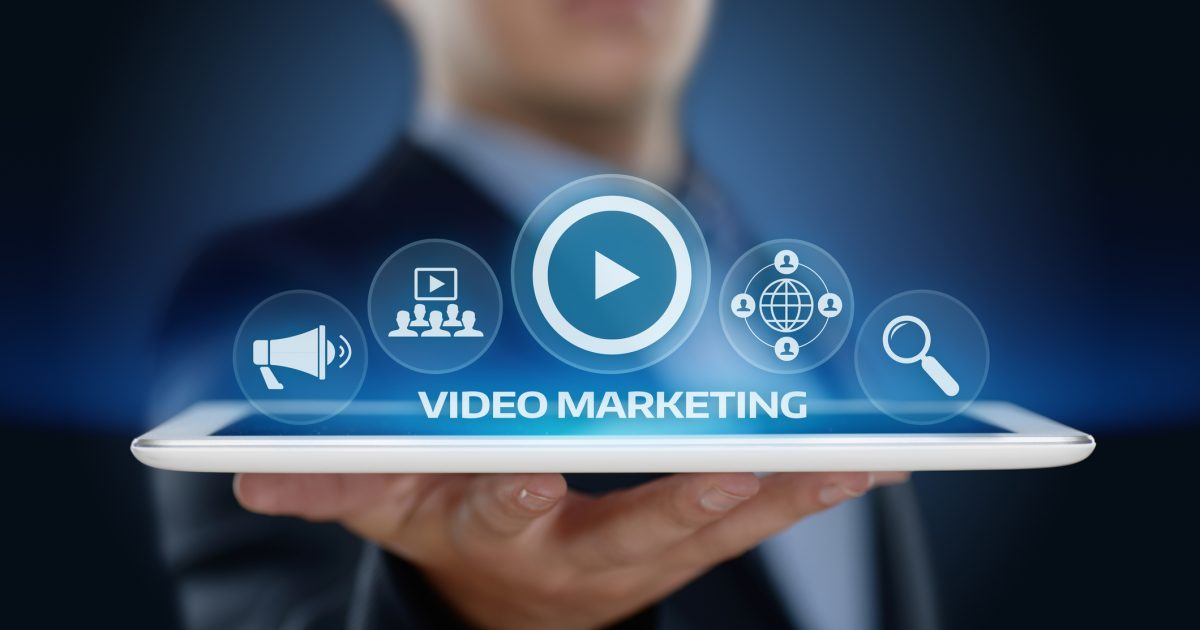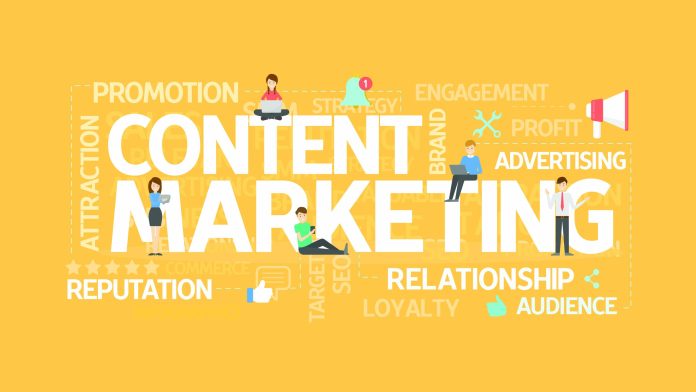Content marketing is a multifaceted concept, encompassing a wide range of strategies and tactics. Within this dynamic field, there isn’t a sole authority figure or definitive expert who possesses all-encompassing knowledge.
Following are the 16 compelling reasons why branded content holds significant potential as a potent marketing instrument.
1. Branded content holds 22 times more engaging capability than display ads
Research indicates that readers devote an average of 45 seconds engaging with written branded content, marking a stark contrast to the mere 1.6 seconds typically spent interacting with banner advertisements.
The phenomenon of “banner blindness” presents a significant challenge for marketers in the contemporary landscape. Users have grown accustomed to disregarding the advertisements surrounding their content, leading to click-through rates for banners plummeting to below 0.1%. These ads are often perceived as intrusive and disruptive, contributing to their lack of engagement compared to branded content, which aligns with the information readers actively seek out.
2. Branded Content Surpasses Pre-roll Ads in Brand Recall
Despite video’s enduring effectiveness as a digital publishing tactic, branded content surpasses it in terms of brand recall. A Nielsen report reveals that branded content achieves an impressive 86% brand recall, outshining pre-roll ads, which only manage 65%.
3. Branded Content Sparks Consumer Interest and Intent
Findings from an IPG Media Lab-led study indicate that consumers exhibit a 14% higher likelihood of seeking additional content from an advertiser post-exposure to branded content. However, Mark Howard, Chief Revenue Officer at Forbes, suggests that branded content and banner ads can synergize in this process, reinforcing brand exposure and guiding users along the conversion funnel.

4. Branded Content Elevates Brand Recall by 59% Compared to Other Digital Ads
The same IPG Media Lab-led study reveals a substantial 59% increase in brand recall for branded content compared to alternative digital advertisements. Moreover, this study notes a remarkable 17% enhancement in branded content recall since its initial assessment in 2013. This improvement suggests either an increasing consumer acclimation to branded content or an enhancement in its quality, possibly a combination of both factors.
5. Enhanced Brand Lift with Branded Content via Premium Publishers
Collaboration yields significant dividends. Marketers leveraging a publisher’s network for distributing branded content witness a remarkable 50% increase in brand lift compared to those opting for independent publication.
This phenomenon finds its roots in pattern recognition. Human cognition excels at identifying patterns, and when a brand aligns with a trusted source like a publisher, our brains interpret it as an endorsement of shared values and reputation.
6. Optimistic Projections: Media Groups Anticipate Branded Content Revenue Surge
The landscape of branded content is experiencing a surge. A survey encompassing 20 North American media groups revealed an overwhelming expectation for the growth of branded content—more so than any other revenue stream, including subscriptions, video, or display advertising.
7. Native Advertising Poised for Remarkable Growth
The trajectory is promising. Forecasts from native advertising firm AdYouLike predict an industry expansion from $85.83 billion in 2020 to a staggering $402 billion by 2025.

8. Embracing Branded Content: Communication Professionals’ Trends
A significant majority—74.5%—of communications professionals incorporate branded content into their campaigns. Among them, 67% anticipate an uptick in client expenditure on branded content within the coming year.
9. Ad Blocker Adoption Rates and Consumer Behavior
The prevalence of ad blockers is notable, with 27.5% of internet users employing them, equating to one in four individuals. Millennials, in particular, exhibit a heightened aversion to banner ads, with nearly two in three employing ad-blocking measures. Despite this resistance, they acknowledge the relevance of retargeted ads and social media advertisements to their interests.
10. Shifting Advertiser Preferences: A Preference for Content over Traditional Ads
An insightful Pressboard study revealed that a staggering 98% of marketers consume ad-free content, with 27% utilizing ad blockers. However, given that 96% express a preference for articles over banners, there remains ample opportunity for content creators to thrive in this evolving landscape.
11. Younger Audiences Support Ads for Their Favorite Celebrities
Despite a general aversion to ads among millennials, a notable 58% are willing to watch them if they endorse their favorite digital influencers. However, the content must maintain authenticity, entertainment value, and utility to resonate effectively.
12. Trust in Premium Publishers Surpasses Social Media News Content
The proliferation of “Fake News” has eroded consumer confidence in social media platforms for news consumption. A UK-based survey conducted through Qualtrics revealed that 79% of respondents prioritize knowing the source of news content. Concurrently, the same percentage expressed trust in esteemed outlets such as the BBC, while 55% exhibited trust in publications like Time and The Guardian. Conversely, only 36% of respondents trust news disseminated via Facebook and Twitter.

13. Preference for Integrated Ads over Obtrusive Banners
A majority of participants in a Verizon Media study expressed acceptance of advertising as a form of content. Specifically, 79% indicated a preference for ads that seamlessly blend into the page rather than intrusive banners.
14. Favorable Reception to Branded Video Content
Audiences exhibit a more positive response to branded video content compared to traditional commercials. Those exposed to branded videos are 62% more likely to react positively than those subjected to standard 30-second ads. Happy viewers tend to retain brand information better and are more inclined toward making purchases, underscoring the importance of strategic media spending.
15. Connection with Brands Drives Increased Spending
Findings from a study conducted by Capgemini’s Digital Transformation Institute revealed that 70% of respondents spend twice as much on brands with which they feel a personal connection. Furthermore, 81% of these individuals actively advocate for their favorite brands among friends and family. Establishing an emotional bond with the audience emerges as a sound business strategy, fostering brand loyalty and word-of-mouth promotion.
16. Demand for Brands to Take Stands on Social and Political Issues
Beyond catchy slogans and product quality, a significant portion of consumers desire brands to vocalize opinions on social and political matters. Insights from Sprout Social’s recent study underscore this trend, exemplified by campaigns like Nike’s association with Colin Kaepernick and Gillette’s “The Best a Man Can Be.” However, success hinges on genuine, values-driven messaging. Ultimately, sales follow when the public perceives the brand’s stance as authentic.


